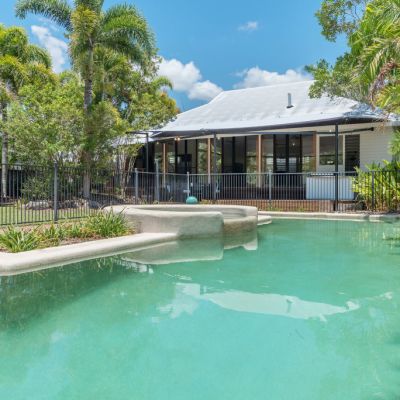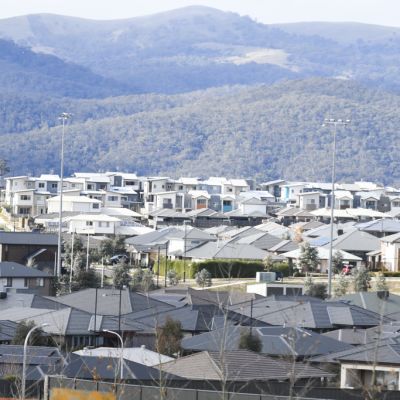Price falls slow in Melbourne, values on the rise in other cities: CoreLogic
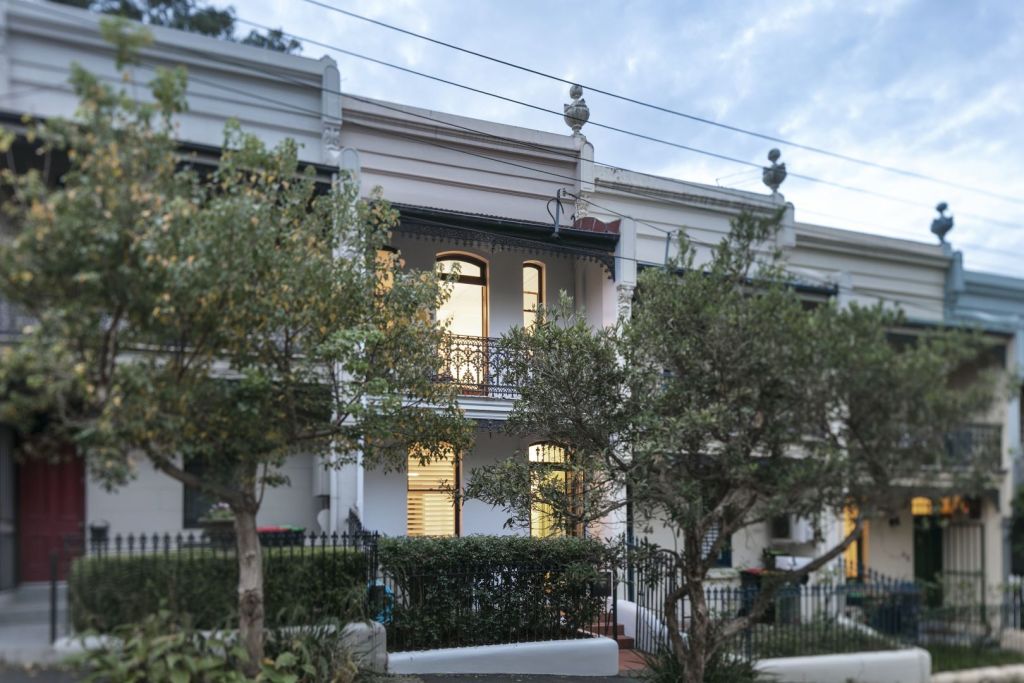
Australian property prices are rebounding after five months of price declines, new figures show, with values back on the rise in all cities bar Melbourne.
Home values rose 0.4 per cent over October to a national median of $559,254, the latest CoreLogic Home Value Index, released on Monday, shows.
The biggest jumps were recorded across Darwin, Adelaide, Hobart and Canberra, where values in each city rose at least 1 per cent – pushing prices to record highs in the latter three cites.
It comes after the Domain House Price Report, released last week, showed house prices across the capital cities climbed 0.9 per cent over the September quarter, while units rose just 0.1 per cent nationally, with apartment prices continuing to fall across half of the capital cities.
The gains over October were due to house price growth with unit prices remaining weak, according to Tim Lawless, CoreLogic’s head of research, who said the results showed early evidence of a divergence between house and unit market performance.
“The rise in capital city housing values over the month was entirely attributable to a 0.4 per cent lift in house values which offset the 0.2 per cent fall in unit values. Through the COVID period so far, unit values have actually shown a smaller decline in values than houses, but this is likely to change,” he said.
“Low levels of investment activity, relatively high supply of unit stock in inner-cities and international border closures are key factors that imply units will under-perform relative to houses over the medium term.”
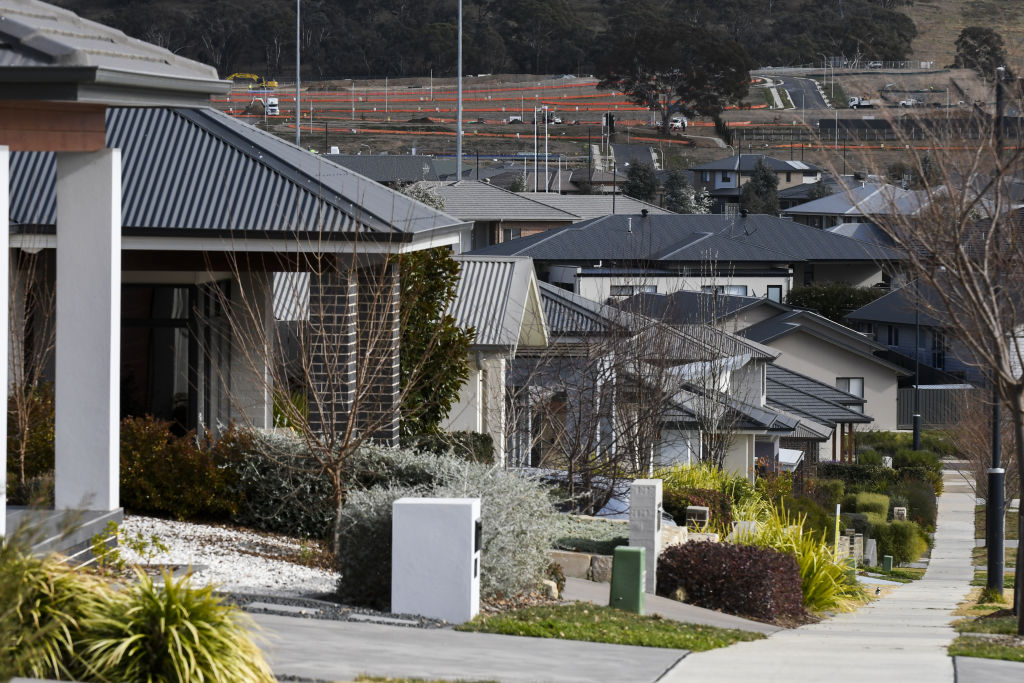
Mr Lawless added rental markets in inner Melbourne and Sydney, which had high stock levels and had been more impacted by the pullback in overseas migration, had been particularly hard hit.
Melbourne was the only capital where prices continued to fall over October, but the pace of decline slowed, with the return of private home inspections and public auctions, with values down 0.2 per cent compared to 0.9 per cent the previous month.
This was the smallest month-on-month drop in values since the COVID-19-related downturn commenced in April, according to the CoreLogic report, making it likely Melbourne would follow the other capitals towards a recovery over the coming month.
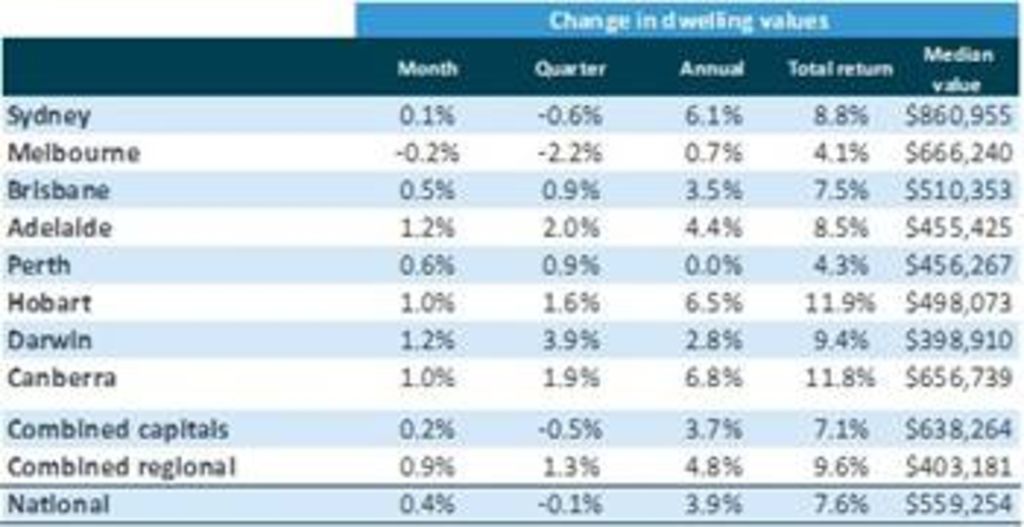
Prices were up elsewhere rising a marginal 0.1 per cent in Sydney, 0.5 per cent in Brisbane – to a record high of $510,353 – and 0.6 per cent in Perth.
Over the month, regional areas continued to outperform their city counterparts, with values climbing 0.9 per cent, compared to 0.2 per cent across the capital cities combined.
“The past two months have reversed the previous mild falls across the combined regional areas. In the seven months since March, regional dwelling values are up 1.7 per cent while values across the combined capitals index have fallen by 2.3 per cent, Mr Lawless said.
The price rises come despite a surge in new listings, up 25.2 per cent nationally over the past four weeks, driven by almost a five fold increase in new listings in Melbourne. However total stock levels grew by less than 1 per cent, suggesting strong buyer demand.
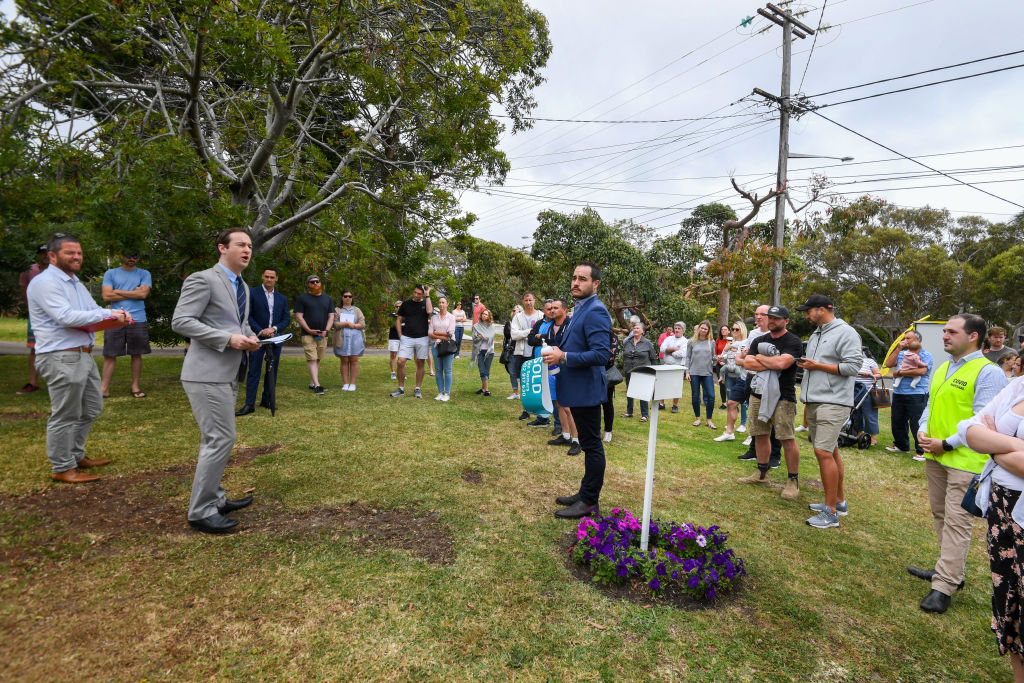
“Strong buyer demand has absorbed rapidly rising new supply … it’s helping to prop up prices,” said Domain senior research analyst Nicola Powell.
She added Melbourne had seen a significant rebound of activity, and would likely see modest growth like the other capitals in the coming months, at least until support measures such as JobSeeker, JobKeeper and mortgage repayment holidays ended, leaving the market more vulnerable to further price declines.
Nationally, the top end of the market continues to show greater price weakness than the middle to low end, which is supported by above average demand from first-home buyers. The trend is also reflective of stronger conditions across smaller capital cities where house values are generally lower.
However, in both Sydney and Brisbane it’s now the top end of the market seeing the strongest price growth. Upper quartiles values in Sydney were up 0.3 per cent, marginally higher than the 0.2 per cent rise for the lower end of the market.
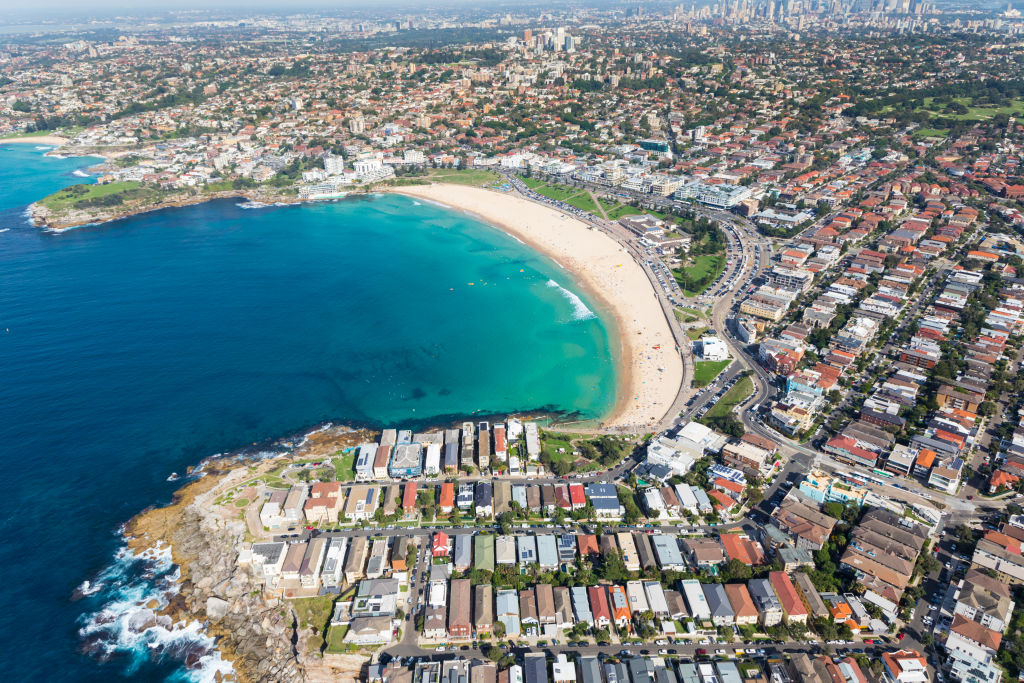
Meanwhile dwelling values across Brisbane’s upper quartile were up 0.6 per cent compared with a 0.4 per cent rise across the lower quartile.
Dr Powell said the upper end of these markets was supported by a lack of stock, and cushioned by low interest rates. She added the top end has also already gone through a greater price adjustment, and typically led both downswings and upswings.
“The fact we’re now starting to see the upper end show stronger performance is an indicator that the market is turning around … prior to this it was showing greater weakness.”
We recommend
We thought you might like
States
Capital Cities
Capital Cities - Rentals
Popular Areas
Allhomes
More

